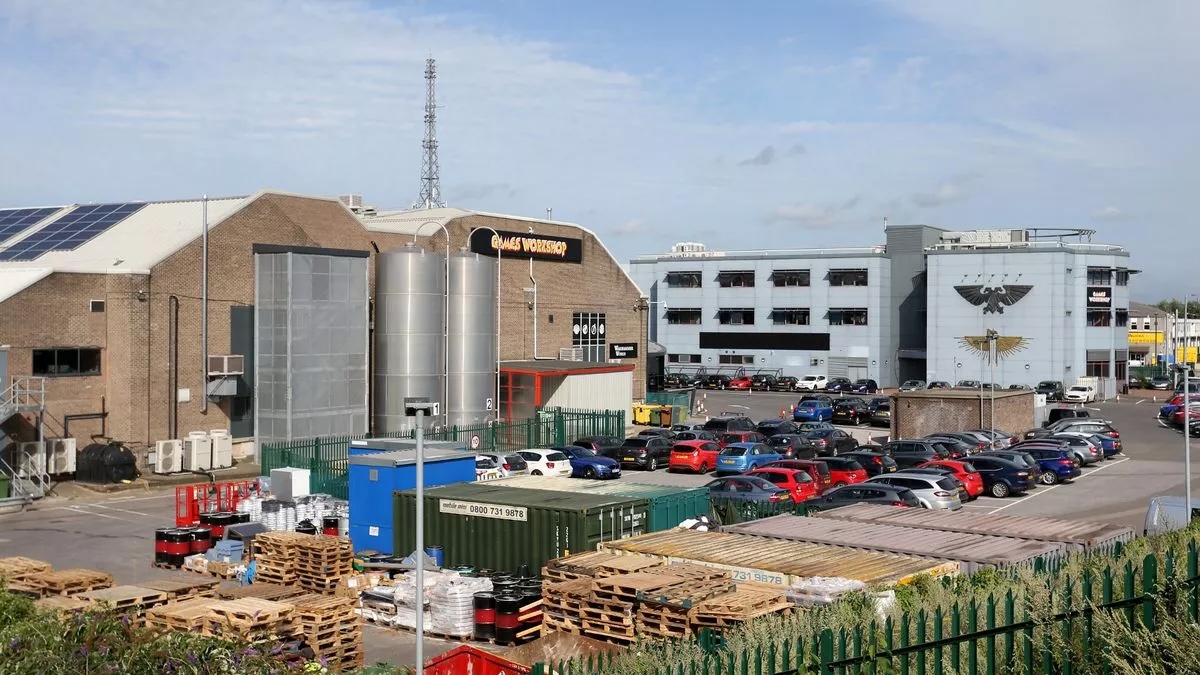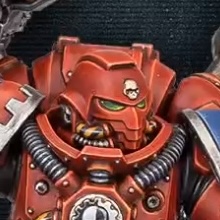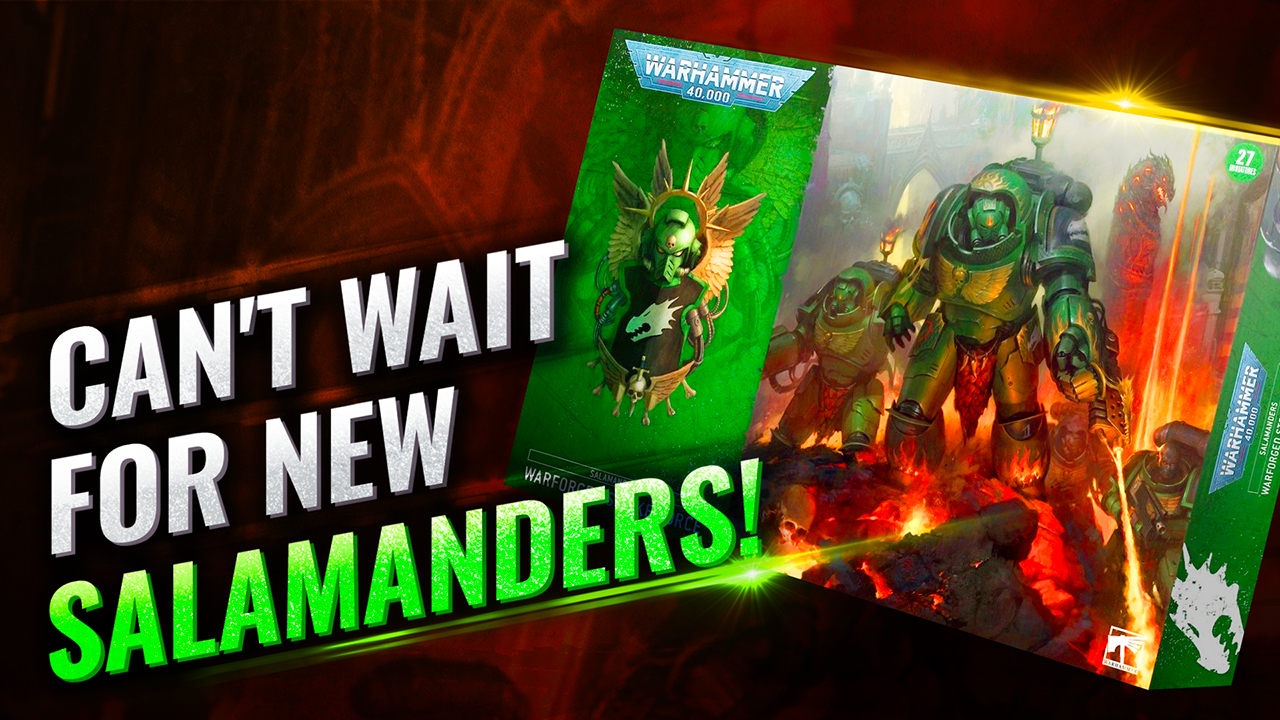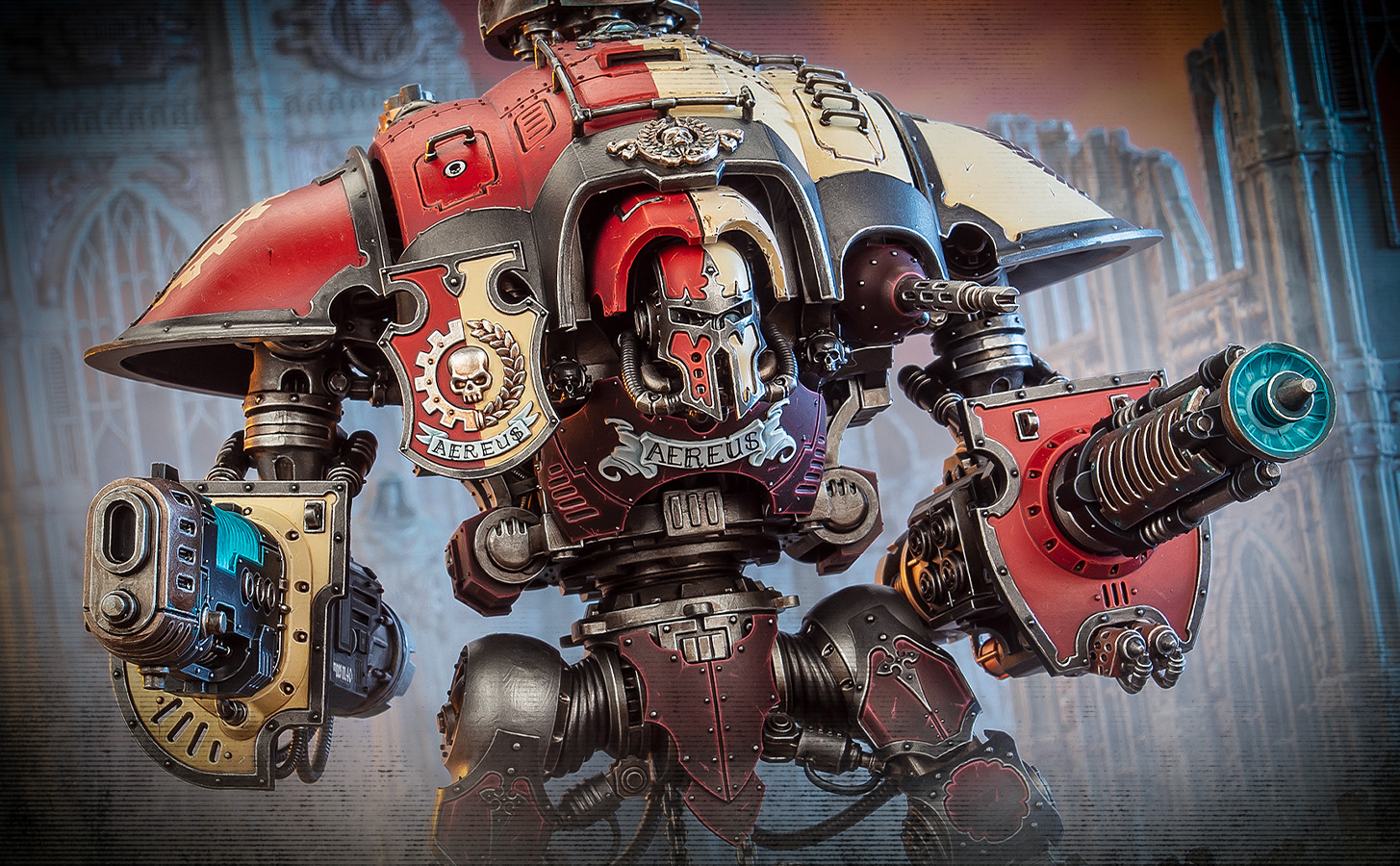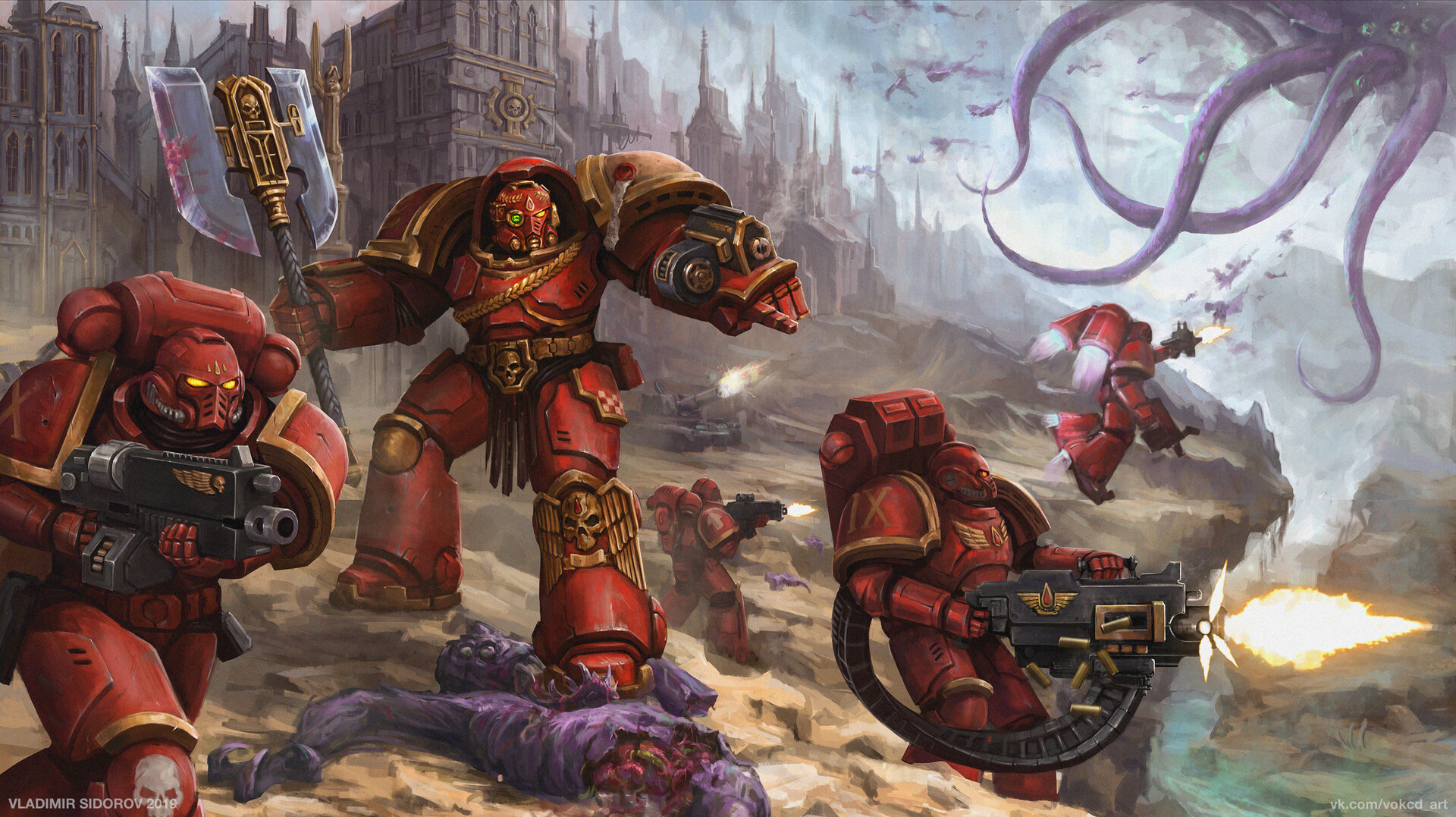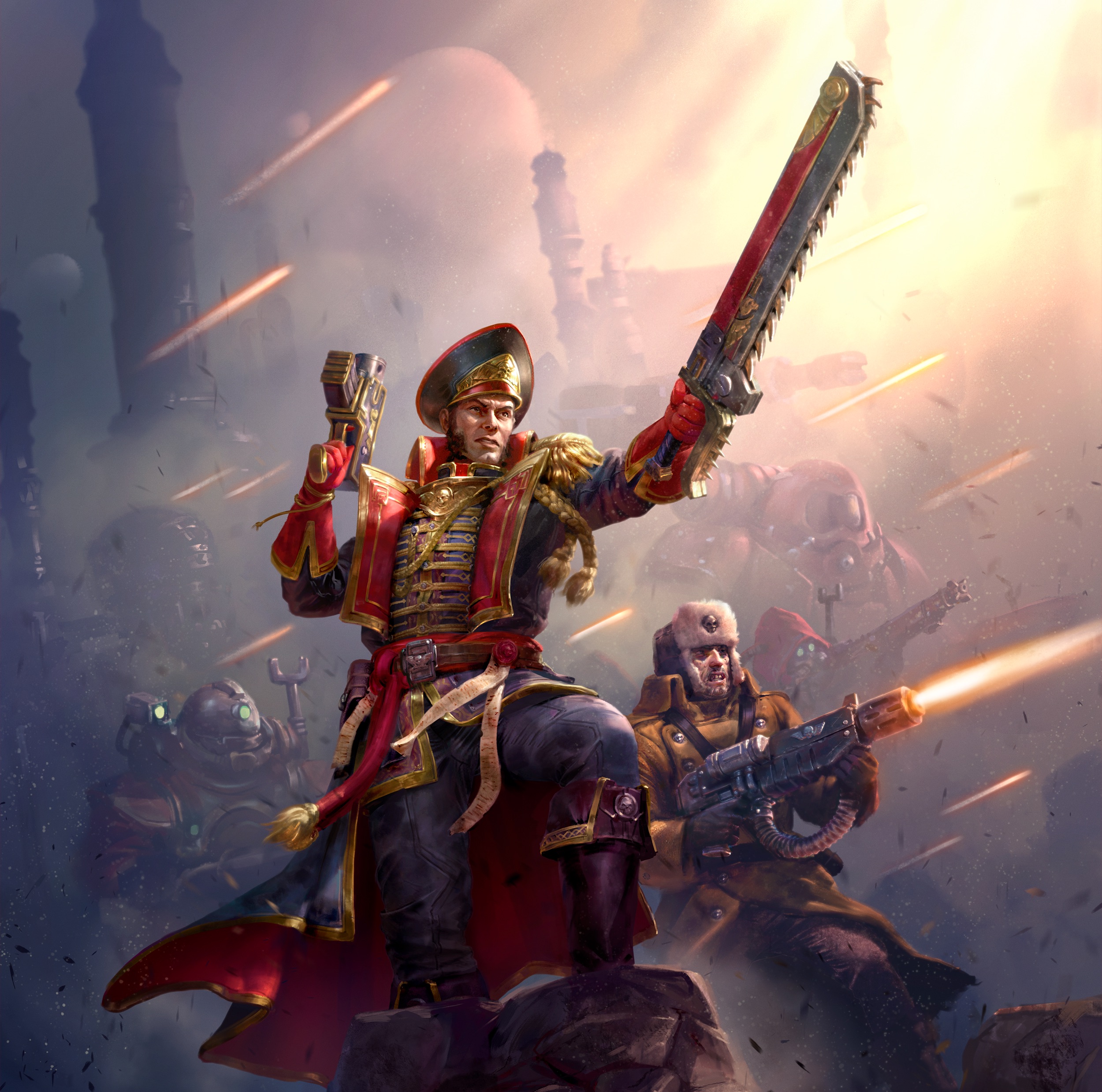Designing and producing a new Warhammer 40,000 Space Marines 10-man plastic squad involves multiple stages, each with its own costs. Below is a breakdown of each stage with estimated costs (in 2025 USD, approximate, with ranges where applicable), followed by a final total estimate. All estimates reflect internal costs to Games Workshop (GW) up to the point of distribution prep (excluding external shipping/logistics to customers).
1. Concept Design and Digital Sculpting
This initial stage includes developing the concept art for the squad and creating the digital 3D sculpts for each Space Marine figure. GW employs in-house artists and digital sculptors for this work. Costs here are primarily labor (salaries or freelancer fees) and software overhead:
-
Concept Art – A concept artist sketches the unit’s look and armor/weapon details. This might involve a few iterations of 2D artwork. The cost can range in the low thousands of dollars, factoring in artist time (e.g. a concept artist’s several days or weeks of work).
-
Digital Sculpting – A 3D designer sculpts the models in CAD software (e.g. via digital sculpting tools like ZBrush). For a single high-quality 28–32mm miniature, freelance sculptors typically charge on the order of $300–$500 for a few days’ work. GW’s team would create 10 unique Marine sculpts or variant parts, so the internal labor cost could scale to several thousand dollars (potentially $3,000–$10,000 total for all sculpts, considering the complexity and multiple models). This includes time for refining details and ensuring poses, armor, and weapons meet the design brief.
In summary, concept design and sculpting might cost on the order of $5,000–$15,000 in 2025 for a new 10-man kit, when accounting for concept art, sculptor salaries, and design revisions. (For context, independent miniatures often budget a few hundred dollars per sculpt, and GW’s higher-detail, in-house process will fall in the low five-figure range for a multi-model kit.)
Estimated Cost (2025): Approx. $5,000 – $15,000 (concept art + digital sculpts for the squad).
2. Prototype and Test Model Development
Before mass production, GW will create prototypes and test models to validate the design and catch any issues:
-
3D Printed Prototypes: GW uses high-resolution 3D printing to produce prototype miniatures from the digital files. This allows the designers to examine the physical model, check proportions, detail fidelity, and test how the parts fit together. The company moved from traditional hand-sculpting to CAD, and now “use 3D printing both for prototypes and mastering”. The cost here includes printing materials (resins) and machine usage, as well as labor for cleaning/assembling the test prints. For a 10-figure squad, multiple prototypes might be printed. This stage could cost on the order of a few hundred to a few thousand dollars (each high-quality prototype print can cost tens of dollars in resin and machine time, plus staff time to evaluate them).
-
Test Shots and Model Refinement: Once the design is approved in prototype form, initial “test shots” are done after creating preliminary molds. In the injection molding industry, it’s common to do 2–3 test runs before full production. GW will cut the steel mold and run test injections (often in a prototype mold or the final mold) to ensure the parts fill correctly and the details come out crisp. They then refine the mold (adjusting venting, polishing detail, tweaking injection parameters) and repeat until the results are satisfactory. The cost of test shots is mainly the machine time and material (which are relatively minor per run) plus any re-machining of the mold. This iterative refining is usually considered part of the tooling cost (discussed below), but it does add time and expense – effectively, several thousand dollars’ worth of machine and labor time could be spent on testing and tweaking.
Overall, prototyping and testing might cost roughly $1,000–$5,000 by the time GW has a final, production-ready model. This is relatively small compared to tooling, but it’s a crucial step to ensure quality. (It’s worth noting that creating a perfect model is an intensive process – an industry source notes that multiple test casts are normal before full production.)
Estimated Cost (2025): On the order of a few thousand dollars (say $1k–$5k) for 3D print prototypes and test injection runs.
3. Tooling and Mold Creation
Tooling (mold creation) is typically the single largest upfront cost in producing a new plastic miniatures kit. This involves manufacturing the high-precision metal injection molds (“dies”) that will shape the plastic sprues:
-
Mold Fabrication: Games Workshop produces their molds in-house using advanced CNC milling machines (eliminating some outsourcing costs). For a 10-man Space Marine squad, the kit is usually spread across one or more sprues, each requiring a mold. Each steel mold must be carefully milled, often with sliding parts for undercuts, and polished to capture fine details. This is a time-consuming and expensive process – “the most expensive step” in the chain. Cost drivers include the complexity of the kit (number of parts, detail level) and the machining time. As one industry veteran noted, “What costs here is time – the more actual milling time you take the more expensive it gets”. Specialized machine shops that understand miniature molds are in high demand, which can drive costs up as well.
-
Mold Cost Range: The cost per mold (per sprue) can range from tens of thousands of dollars upward. A single simple mold might be on the lower end (e.g. $20k–$40k), whereas a large, complex mold can be significantly more. In the past, GW often cited figures like £30,000+ for designing and tooling a kit (roughly that order of magnitude) in hobby discussions. More concrete industry data: the CEO of a model kit company stated that a new high-quality injection mold can run $150,000 to $200,000 in tooling expense. Games Workshop’s molds are comparably sophisticated to scale model kits (they even sometimes use costly materials like hardened steel or copper-beryllium inserts for fine detail ). GW’s own financial reports back this up: in fiscal year 2022–23 they spent $8.6 million (£6.7 million) on new molds for their Warhammer miniatures ranges. Given the number of new kits released, this implies on the order of tens of thousands of dollars per mold (potentially ~$50k–$100k+ per kit in many cases). Each 10-man squad kit likely uses one multi-cavity mold or a couple of molds, so the total tooling cost for the product could easily be in the low six figures.
-
Internal vs. External Tooling: Because GW now does all mold manufacturing internally, they avoid the markup from outside vendors. In-house CNC mold cutting has lowered their costs compared to outsourcing in the past. They primarily pay for raw mold materials (steel blocks, etc.) and the labor/machine time. Still, even with amortized equipment, the material and labor for a large steel mold is substantial. (For example, even a smaller manufacturer like Reaper Miniatures once bought a basic injection machine for $500k – illustrating the scale of investment in tooling machinery itself, though GW’s machines are long paid off.)
Taking all this into account, the mold creation for a new 10-man squad is typically in the range of ~$50,000 to $100,000 (or more). A straightforward kit might be at the lower end, whereas a very detailed or larger sprue layout pushes toward six figures. It’s not unheard of for total tooling costs to approach or exceed $100k for a single complex kit by 2025 prices. This is a one-time (fixed) cost that GW will recoup over the production run of the kit.
Estimated Cost (2025): Approximately $50,000 – $150,000 for tooling and mold fabrication (high precision steel molds), making this the largest upfront cost.
4. Plastic Production (Per Sprue/Set)
Once the molds are made and tested, actual production of the plastic sprues is relatively inexpensive per unit, thanks to automation and economies of scale. Key cost components here are raw materials (plastic) and the operation of injection molding machines:
-
Raw Material (Polystyrene Plastic): The plastic used (high-impact polystyrene pellets) is a commodity and quite cheap in bulk. The cost of the raw plastic for one 10-man squad kit is only on the order of cents. Hobbyists estimate that “in terms of just the raw plastic” a typical GW kit might contain “probably like 50 cents” worth of material. Even if that’s a rough figure, it’s clear the plastic itself is well under $1 per box. (Each Space Marine sprue weighs only a few ounces; polystyrene might cost on the order of $1–2 per pound, so ~$0.10–$0.50 of resin per kit is a reasonable ballpark.)
-
Injection Molding Process: GW’s production floor in Nottingham runs injection molding machines day and night to minimize downtime. The variable costs for each cycle are low – basically electricity, machine wear, and labor for oversight. Modern injection machines can crank out sprues in seconds once running. One account described a GW machine “literally pumping out Necron warrior sprues every second” in full swing. Because the machines are expensive to buy (a single injection press can cost six figures to purchase ) and maintain, GW maximizes their use to spread that cost over hundreds of thousands of sprues. The per-sprue machine cost (amortized) is only a few cents when running at scale. Maintenance and staff monitoring are part of overhead.
-
Labor and QA in Production: During production, minimal direct labor is needed – a technician might oversee multiple machines. The biggest “enemy” is downtime for mold change-overs, so GW schedules long production runs for popular kits like Space Marines to keep per-unit costs down. Quality control is largely automated at this stage (e.g. visual inspection for obvious miscasts, possibly weighing sprues to ensure completeness). Scrap plastic from miscasts can often be recycled into new runs, further reducing waste cost.
Overall, the cost to mold the plastic parts for one 10-figure set is very low, on the order of <$1 in raw plastic, and perhaps on the order of $1 (give or take a few cents) in total including the machine time share, utilities, and labor. For a rough estimate: $0.50 – $2.00 per boxed set in pure production cost is a reasonable range by 2025. This stage is where GW’s economies of scale shine – once the upfront investment (molds, machines, design) is made, pumping out additional units is cheap.
(It’s important to note these costs are per unit; the injection molding machines themselves are costly capital investments, but GW has already paid those off. Thus, aside from maintenance, the ongoing expense is essentially just materials and operating cost – “raw materials are cheap…machines are expensive” as one observer put it, meaning per-kit production cost is low.)
Estimated Cost (2025): Approximately $1 or less per kit in raw materials; roughly $1–$2 per kit total including machine operation. (For 10,000 kits, that’s on the order of $10k–$20k in production cost.)
5. Assembly and Quality Control
In the context of a GW miniatures kit, “assembly” refers to collating the sprues, bases, and instruction sheet into the product packaging – since the customer does the model assembly. This stage involves human or semi-automated packing and final QC checks:
-
Sprue Collation and Packing: Once sprues are produced, workers (or an automated system) count out the correct number of sprue frames, add any loose components (e.g. plastic bases for the models), and insert the instruction booklet. These pieces are then placed into the product box. GW likely has packing lines where staff pack boxes in batches. The labor here is fairly low-skilled but necessary. Assuming a worker can pack many boxes per hour, the labor cost per unit is small (perhaps on the order of a few tens of cents per box in labor). For example, if one employee can prepare ~100 boxes an hour and has a fully loaded wage of ~$20/hour, that’s $0.20 per unit in packing labor.
-
Quality Control Checks: GW maintains high quality standards, so before sealing the box, there may be spot checks – verifying that sprues aren’t defective (no short-shots or major molding errors) and that the correct number of sprues and bases are included. This might be done by random sampling or by weight (weighing each boxed set to ensure no parts missing, since sprues have known weight). The cost of QA at this stage is mainly the staff overhead for those inspections. It’s a minor fraction of the cost – likely only a few cents per kit effectively.
-
Rejects and Rework: Any defective sprues caught by QC are discarded or re-ground. Because the molding process is stable once dialed in, the reject rate is low, so this doesn’t add significant cost beyond the negligible material loss.
All told, the assembly/packing and final QC might add roughly $0.50 – $1.00 per kit in internal costs. That covers the labor of packing and any quality assurance overhead. In aggregate, for a production run of, say, 20,000 boxes, this stage would cost on the order of $10,000–$20,000 in 2025. This is relatively small next to design and tooling, but it’s necessary to get finished product ready for sale.
(We should also consider that GW’s staff salaries (factory workers, etc.) are part of their overall overhead. One analysis noted that behind the raw materials, there’s “wages and benefits for every employee (from the local shop manager to … the injection mould guys, and everyone in between)” that factor into the product cost . The assembly/QC team’s wages are part of this overhead. For our purposes, we’ve rolled a portion of that cost into an estimated per-unit packing cost.)
Estimated Cost (2025): Approx. $0.5 – $1 per kit for packing labor and QC. (Multiply by volume; e.g. ~$10k for 20k kits.)
6. Packaging (Design and Production)
Each new kit requires designing and producing the packaging: the box, printed materials, and any inserts. While not as expensive as molds, packaging is a notable cost both in development and per-unit production:
-
Packaging Design: GW’s design studio will create the artwork and layout for the box. This includes the cover art (often featuring painted models in action), side panel graphics, and back-of-box info (images of the minis, painting guide, etc.), as well as the interior instruction manual layout. The cost here is mainly graphic design and photography. GW’s ‘Eavy Metal team will have painted the squad for the box art (their salary is an ongoing cost, but we can attribute some cost to this product). A photographer then takes high-quality shots, and a graphic designer assembles the packaging graphics. This design process might take a few weeks of effort spread across artists and designers. Internal cost could be a few thousand dollars (perhaps $1,000–$5,000 range in labor), as part of GW’s normal product development cycle.
-
Box and Print Production: Manufacturing the physical packaging is often outsourced to a printing/packaging company (GW does not necessarily print boxes in-house). Modern GW kits come in full-color printed cardboard boxes (with gloss finishes) and include a multi-page instruction booklet (and sometimes a protective plastic tray or cardboard insert to hold sprues). These are produced in bulk. The cost per box (with insert and booklet) depends on volume and print complexity. For a large production run (tens of thousands of units), the unit cost can be relatively low. As a rough estimate, a Warhammer kit box with instructions might cost on the order of $0.50 – $1.00 per unit to print and package. (For instance, full-color folded cartons of similar size can be a few tens of cents each at scale; an instruction booklet might add a few more cents; adding any plastic tray insert adds a bit more.) So, if 20,000 boxes are made, this could be on the order of $10,000–$20,000 in total printing cost. Higher detail or lower volume runs would push the cost per unit higher.
-
Packaging Quality and Extras: GW has increased the quality (and thus cost) of packaging over the years. They used to use cheap blisters and simple boxes, but now even single characters come in full-color boxes with protective inserts and included rules sheets. This enhances the product’s presentation but adds to cost. For a squad box, the insert is usually just the instruction manual (which doubles as the assembly guide and maybe lore blurbs). The investment in packaging is deliberate – flashy boxes help attract buyers on store shelves, so GW considers it money well spent, even if it’s a non-negligible cost. (One forum poster noted that “it’s no good just making sprues, they need flashy boxes” – emphasizing that packaging is a required part of the product.)
Summing design and production, packaging might cost in the range of $0.50–$1.50 per unit, plus perhaps ~$2,000–$5,000 in one-time design labor. For our 10-man squad, we can estimate a total packaging cost of maybe $10,000–$30,000 for a first large batch (e.g. including printing tens of thousands of boxes and manuals). Per kit, this works out to well under $1 in materials, but it adds up across the whole run.
Estimated Cost (2025): Design: ~$2k–$5k (one-time). Production: ~$0.5–$1 per box (so ~$10k–$20k per 20k units).
7. Marketing and Promotional Costs
Even the best product needs marketing support. For a new Space Marine squad, Games Workshop will incur some marketing and promotional expenses, though these are relatively modest on a per-product basis (GW is known for lean, targeted marketing):
-
Internal Promotion Channels: GW primarily markets through its own channels – the Warhammer Community website, social media, Warhammer TV, and White Dwarf magazine – rather than expensive mass-media advertising. In fact, GW explicitly avoids broad mass-market ads, focusing on its niche “band of loyal followers”. (“We don’t spend money on … advertising that speaks to the mass market”, as their business model states.) This means they don’t typically buy TV commercials or huge ad campaigns for a single squad kit. Instead, the costs are internal: paying the Warhammer Community team to write articles and previews, producing teaser videos or painted model showcases, and running launch events or demonstration games.
-
Advertising Content: For a new kit, GW will have articles on Warhammer-Community.com (with studio paintjob photos and lore), perhaps a preview video, and inclusion in their weekly email newsletters. They also send advance copies to influencers or have them featured in battle reports. The cost for these activities is mostly in staff time and some materials. For example, the studio has already painted the models (cost counted in packaging/’Eavy Metal time), photographers take shots (part of their job), and writers produce web content. If we assign a cost, it might be a few person-days of work for writing and video editing. There might also be costs for promotional materials at Warhammer stores (like posters or in-store displays featuring the new Marines).
-
Allocating Marketing Cost: It’s hard to pin down per product, but one can allocate a portion of GW’s marketing overhead to this kit. Games Workshop’s total marketing spend is relatively low (their reports note marketing expenses are kept “relatively low” in line with their plans ), but let’s assume for a major product release like a new Space Marine squad, they allocate a small budget for promotion. This could be on the order of a few thousand dollars – say $5,000–$15,000 – covering all the content creation, any paid promotions (like sponsored posts or retailer flyers), and a share of convention showcase costs. For example, they might include this squad in a Warhammer Fest reveal (the cost of attending the event is spread across many products).
In summary, marketing costs for a single kit are modest, perhaps in the low five figures at most, since GW leverages owned media and community hype. They rely on the popularity of Space Marines and the Warhammer brand to generate buzz without heavy ad spend. The biggest “cost” in marketing is the opportunity cost of their staff’s time, which is already accounted for in salaries. (This is why GW’s operating model notes that Warhammer Community serves as the hub for marketing, delivering news daily at relatively low cost.)
Estimated Cost (2025): Approximately $5,000 – $10,000 in marketing/promotional effort specific to this product (primarily internal marketing costs, since GW avoids expensive external advertising ).
8. Distribution Preparation
The final internal step is preparing the finished product for distribution to GW stores, independent retailers, and warehouses worldwide. This includes packing the kits for shipment and handling inventory logistics (but not the external freight cost to get it to stores, which we exclude):
-
Warehousing and Handling: Once boxed, the kits are stored in GW’s warehouse. GW is a vertically integrated business, handling its own manufacturing and distribution in-house. Warehouse staff will organize the stock, and when orders come in from GW shops or trade accounts, they will pick and pack the required number of squad boxes into shipping cartons. The cost here is the warehouse overhead and labor. Each product will incur a small share of the storage cost (space, utilities) and handling. This might be allocated as a few cents per unit per month of storage plus a handling cost per shipment.
-
Packing for Shipment: The squad boxes are likely packed into larger cardboard shipping boxes (e.g. a case of 6 or 10 kits per case) for delivery to stores. The cost of these shipping cartons and packing materials (like packing tape, pallet wrap) is minor – perhaps a few cents per kit. Labor to pack and label shipments is also a factor. Overall, preparing a product for distribution might add on the order of $0.20–$0.50 per kit in cost.
-
Inventory Management: There’s also a cost to managing inventory (software systems, staff managing stock levels) and any internal freight (for example, GW might truck pallets of product from their factory to their regional distribution centers). These costs are part of general overhead and hard to isolate per product, but they are usually a small portion of unit cost (maybe a few percent of the product’s internal cost). For a rough estimate, it could be on the order of a few thousand dollars per product line over its life, or pennies per unit.
In total, distribution prep might be around $0.50 (or less) per unit in internal cost. For an initial batch of tens of thousands of kits, the distribution prep cost would be in the low thousands of dollars (e.g. $10k for 20k kits at $0.50 each). This covers the work to get the product out the door of GW’s facility and ready to ship to customers (stores or direct). It’s a relatively minor part of the cost structure, but it does exist.
Estimated Cost (2025): Roughly $0.20 – $0.50 per kit in handling/warehousing (e.g. ~$5k–$10k per 20k units).
Final Total Internal Cost Estimate (2025)
Bringing together all the above stages, we can estimate the total internal cost for GW to design, produce, and prepare a new 10-man Space Marine plastic kit. This total can be thought of in two parts: (A) Upfront one-time costs (design, prototyping, tooling, initial marketing setup, etc.) and (B) Per-unit production costs (plastic molding, packaging, assembly, etc. for each unit produced).
-
Upfront Costs (Development + Tooling): Approximately $60,000 to $170,000 in 2025 dollars. This includes concept design & sculpting ($5-15k), prototyping ($1-5k), and especially the mold creation (~$50-150k). Packaging design and initial marketing efforts add perhaps another ~$5-10k combined. For a typical project, a midpoint estimate might be around ~$100k in upfront investment before the first saleable box is produced.
-
Per-Unit Costs (Production Run): On the order of $2 to $4 per box set, including the plastic, labor for packing, printed materials, and distribution prep. Breaking this down: plastic injection and materials ~$1-2, packaging print ~$0.5-1, packing/QA ~$0.5, distribution ~$0.5 (upper estimates). This means if GW produces, say, 20,000 boxes in the first run, they’d spend roughly $40k–$80k in variable costs to manufacture and pack that batch.
To give a sense of total project cost: if we take a mid-range upfront cost ($100k) and assume an initial production of 20,000 units ($3 cost each, ~$60k total), the total internal cost to get those 20,000 boxed squads ready would be about $160,000. Higher or lower production volumes would scale the variable costs accordingly (producing more units spreads the fixed costs out but increases total spend linearly). If the kit is very complex and required $150k in tooling, the total could push closer to ~$200k or more including production. For a simpler kit with cheaper tooling, maybe the total is under $100k.
In summary, Games Workshop likely invests on the order of hundreds of thousands of dollars (low six figures) to develop and produce a new 10-man Space Marine plastic squad in 2025. The majority of that is the one-time expense of design and especially the injection molds. Once that’s paid, each additional unit costs only a few dollars (or less) to make. This cost structure (high upfront, low marginal cost) is why GW can profit by selling the squads at retail for, say, $60 — they need to recover that initial ~$100k+ investment and then fund future development, while the per-box production cost might be under $5.
Final Estimated Internal Cost (2025): ~$150,000 (give or take tens of thousands) total to design, tool, and produce a full run of a new 10-man plastic Space Marine squad. This breaks down to roughly $100k in development/tooling and $50k in actual manufacturing costs for an initial production run (with per-unit costs diminishing for larger runs). The exact figure varies by kit complexity and volume, but this gives a reasonable order-of-magnitude estimate, supported by industry sources and GW’s known production economics.
Sources
- Games Workshop financial report 2023 – mold expenditures
- Accurate Miniatures CEO on injection mold costs (c.2007)
- Hobbyist discussions on GW production costs (Reddit/forums)
- DakkaDakka forum insights on GW’s in-house tooling and production process
- Alkony miniature pricing guide – notes on packaging and production.
